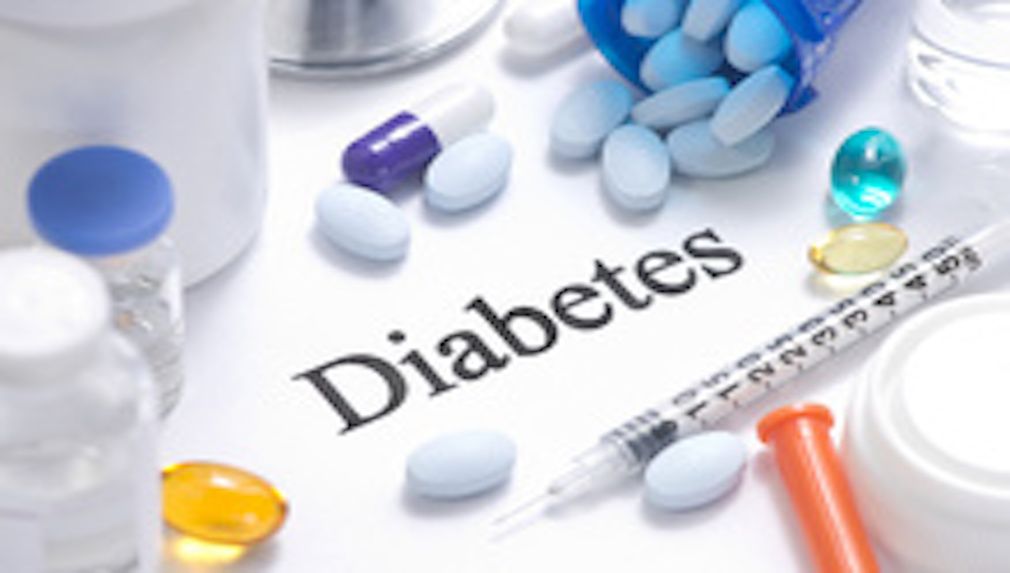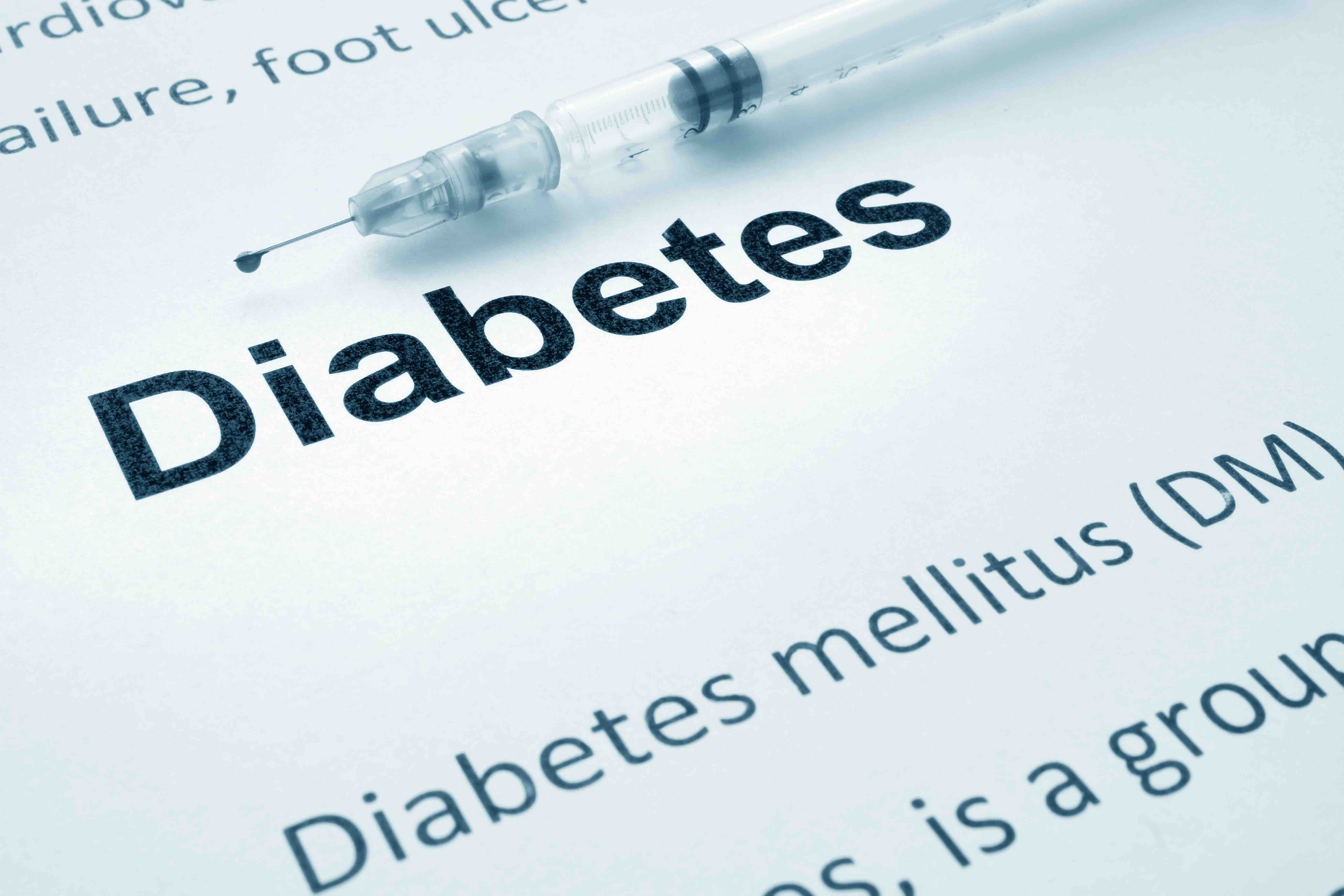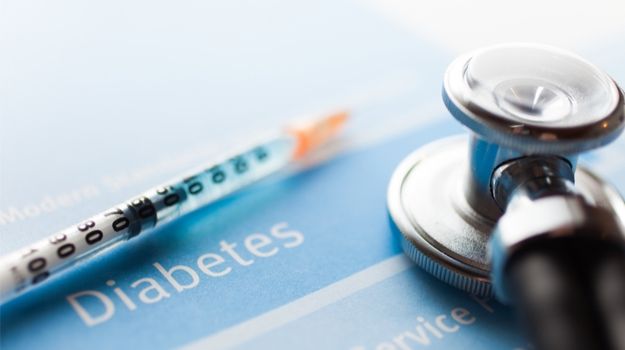Article
Gallup-Sharecare: Sense of Well-Being Sees Biggest Drop Since Great Recession
Author(s):
Such a large drop in Americans' sense of well-being in their daily lives in a time of economic good fortune is unprecedented, index organizers say.
Americans’ sense of well-being took a dive in 2017, to levels not seen since the Great Recession, according to findings released today by Gallup and Sharecare.
Twenty-one states saw a drop in their sense of well-being, a metric that measures one’s sense of purpose, social connections, community pride, financial security, and physical health. No state saw an improvement, according to the Gallup-Sharecare Well-Being Index, which dropped from 62.1 to 61.5, the biggest year-over-year decline since the 2009, the year after data gathering began.
Feelings of well-being were at their lowest in 2009, when unemployment was more than twice today’s current rate of 4.1%. In 2017, America finds the current climate just as challenging, even though today’s macroeconomic conditions are much improved, according to Dan Witters, MS, research director of the Gallup-Sharecare Well-Being Index.
Today, he said, “There is a lot of emotional anxiety,” matching 2009 levels for Americans reporting “significant worry on any given day.”
The disconnect between a strong economy and such feelings of unease is unprecedented, he said. “You don’t have the kind of headwinds like you did back then,” Witters said, and yet more Americans say they felt depressed than did so in 2016.
What’s driving the results? “We find a lot of drops that are very significantly found in the emotional and psychological aspects of well-being,” Witters said.
The biggest declines came in the parts of the index that measure one’s sense of being able to achieve goals and connections to family and friends; Americans’ financial security saw a much smaller decline. Declining well-being came while other health indicators seemed to improve: fewer people reported smoking, and obesity is starting to fall. Meanwhile, headaches and overall feelings of pain increased.
Witters and his counterparts at Sharecare, the health and wellness engagement company, are pondering what the results mean and what the fallout will be on the healthcare system. Sharecare partners with Gallup on the Well-Being Index in part to gauge how much healthcare Americans will need. Ashlin Jones, MA, Sharecare’s director of Research and Advanced Data Science, said she’s concerned that an uptick in depression that will affect those with chronic conditions like diabetes, causing them to seek more healthcare than they already use.
“When I see things like the impact to social well-being, the impact to increased depression and worry and anxiety, my mind goes straight to those who are most vulnerable,” Jones said. “That includes people with chronic conditions. Those are predictors of likelihood of having a hospitalization, or readmission.” For those with conditions like diabetes, “It’s really critical for them to have a lot of social support.”
Employers and state health plans that want to avoid rising healthcare costs may want to be ready to help employees manage their health, she said. Jones said, for example, she and Witters have discussed how examining the data within geographic locations might reveal connections between well-being and the opioid crisis.
Among the findings:
- More Americans report “little interest or pleasure in doing things”
- More report being in physical pain, even though triggers like obesity declined
- Witters said women had sharper drops in well-being than men, and Hispanics who speak Spanish had some of the sharpest declines
- Well-being declined with income, with those at the lowest income levels reporting the worst feelings of well-being
- Across the age spectrum, Witters said the youngest adults—those under 30—and the oldest—those age 65 and older—had the biggest declines in well-being
- Fewer Americans say they have a leader in their lives who makes them “enthusiastic about the future”
When asked if one obvious change in American life—the arrival of President Donald Trump—could explain the 2017 results, Witters said researchers try to avoid making any causal connections. But he noted that the patterns seen among subgroups—including bigger drops in well-being among Democrats—has some historical precedent. Two years after President Barack Obama took office, well-being was much higher among African American Democrats and somewhat higher among white Democrats, but down among white Republicans, he said.
Witters said some findings do seem linked to policy changes. Among Hispanics in the survey who speak Spanish, “feelings of significant worry on any given day have really gone up,” he said, and it would be a “logical conclusion” that this is connected to the Trump administration’s immigration policies, including an increase in deportations.
However, Witters said the 21 states that saw drops in well-being feature a mix of “red” and “blue” states, from the entire Pacific Coast to several Southern states—including Texas, Louisiana, Mississippi, Florida, Georgia and the Carolinas. West Virginia remains at the bottom of the list, and South Dakota tops the list; it has been among the highest-ranked states since 2013, according to the report.
Witters said he checks year-over-year results each month, and the big drop in well-being “seemed to be running out of steam” toward the end of 2017. “We’ll keep watching it,” he said.
In the report, Sharecare CEO and Founder Jeff Arnold said the results represent a call for leadership in well-being. “The stark difference in our country’s well-being today versus just a year ago underscores the need to understand, assess and nurture the health of our populations comprehensively and continuously. Regardless of your role in the community—be it an employer, civic leader, private citizen or any combination thereof—investing in the well-being of others is critical, now more than ever,” Arnold said.

How Can Employers Leverage the DPP to Improve Diabetes Rates?

How Can Employers Leverage the DPP to Improve Diabetes Rates?
2 Commerce Drive
Suite 100
Cranbury, NJ 08512
© 2025 MJH Life Sciences® and AJMC®.
All rights reserved.




